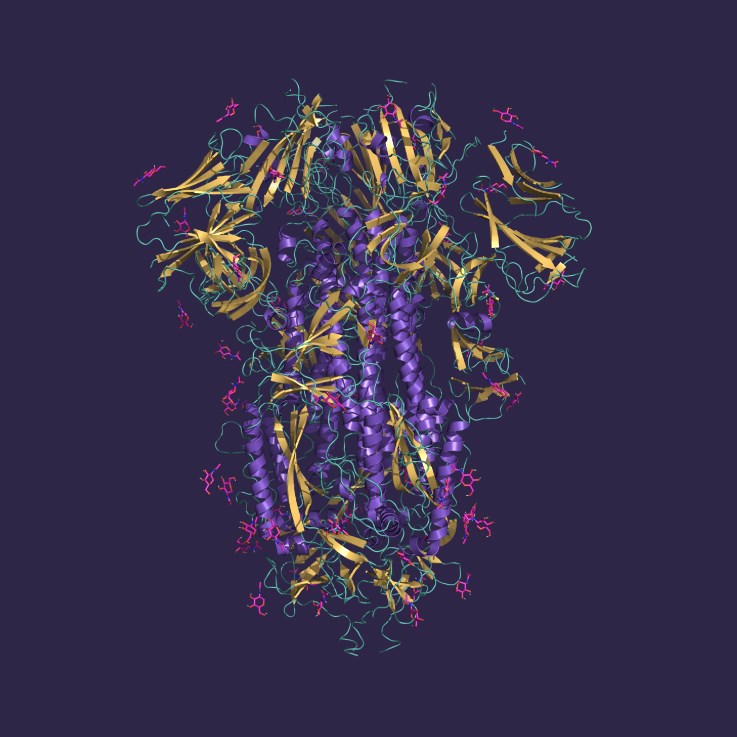Glycoprotein Removal
Proteins expressed in eukaryotic cells often include N- and O-linked oligosaccharide groups attached to the amino acid side chains of the polypeptide backbone. The contamination of glycoprotein products with non-glycoproteins, and vice versa, poses a significant challenge.
Although glycoproteins can be isolated using plant lectins, which are protein ligands that bind selectively to specific sugar groups, lectin affinity resins tend to be too costly and delicate for practical use in downstream processes. To address these challenges, Astrea Bioseparations has developed highly stable and cost-effective resins tailored for the separation and removal of glycoproteins.
MiMode PuraBead® CBX1
MiMode PuraBead
® CBX1 is a cation exchange mixed-mode resin feature a meta-aminophenylboronate affinity ligand attached to either cross-linked agarose or the near-monodisperse
PuraBead® P6XL base matrix. The meta-aminophenylboronate ligand forms selective, reversible complexes with sugars that contain cis-diols, commonly found in glycan groups such as mannose, galactose, fucose, N-acetyl galactosamine, N-acetyl glucosamine, and sialic acid. This characteristic makes MiMode PuraBead
® CBX1 resin exceptionally effective for separating glycosylated proteins from non-glycosylated proteins, depending on the sugar composition of the glycan groups involved.
Shop the range
Glycoprotein removal with PuraBead® Edge IEX
The advanced, high-performance PuraBead
® Edge ion-exchange resins utilize a 65 µm near-monodisperse PuraBead
® support matrix, offering high binding capacities and enhanced separation of charged target species. These resins are ideal for resolving glycoproteins that contain ionic sugar groups, such as sialic acid. Fully alkali-stable, PuraBead
® Edge ion-exchange resins can separate proteins based on glycan group composition or distinguish glycosylated species from non-glycosylated species based on differences in isoelectric points.
Shop the range







